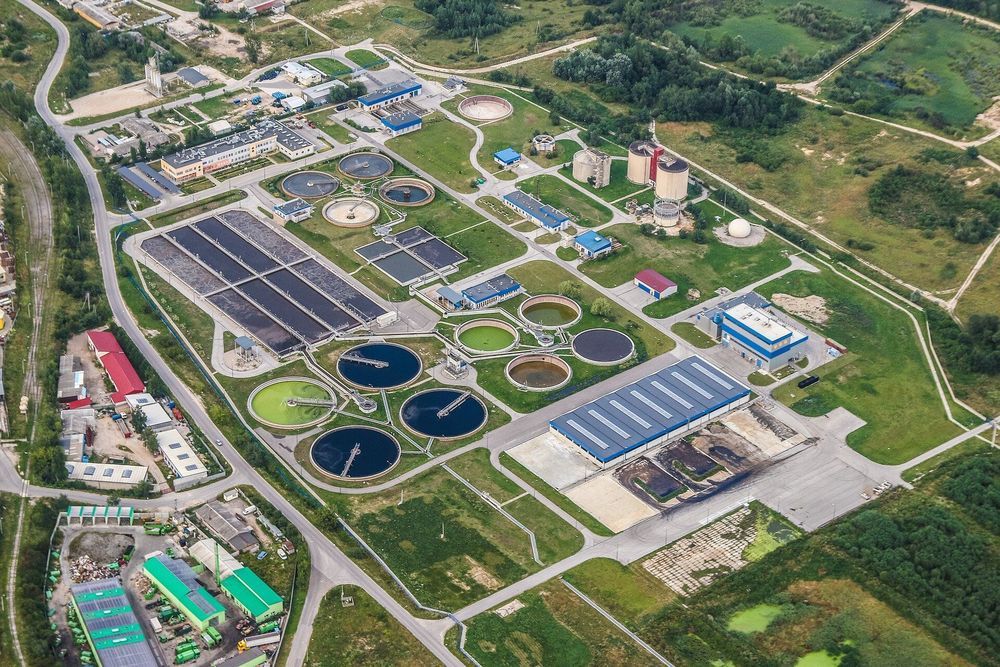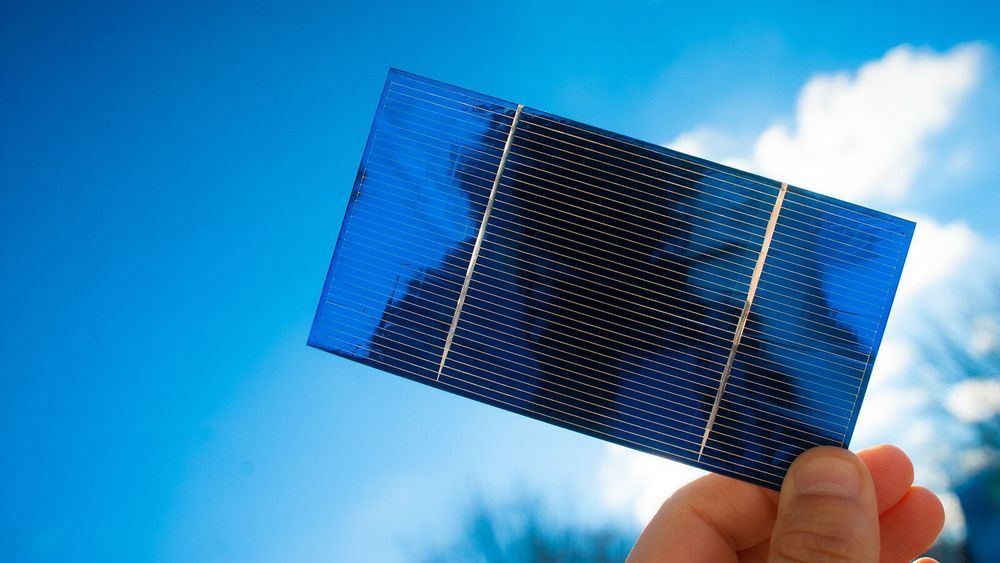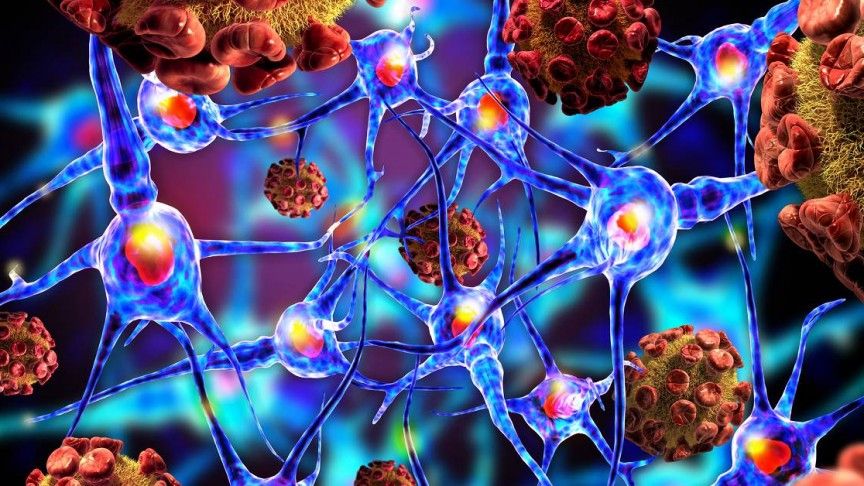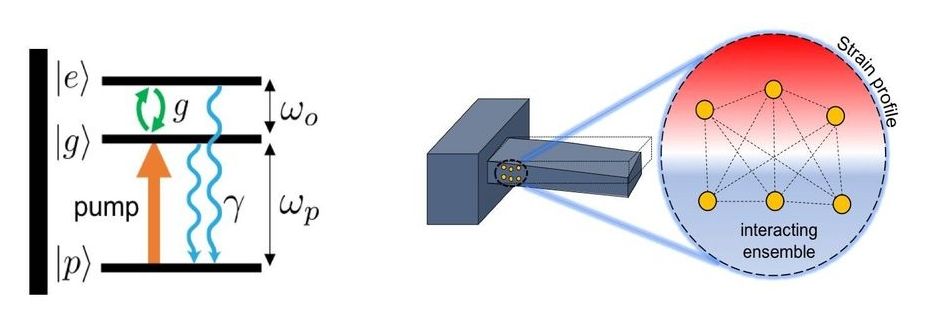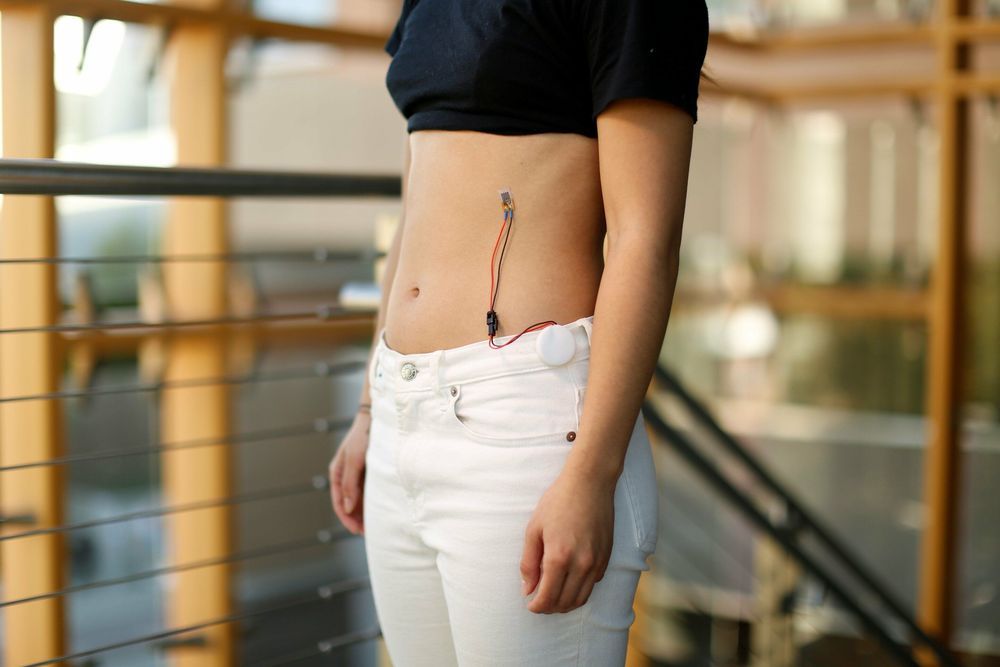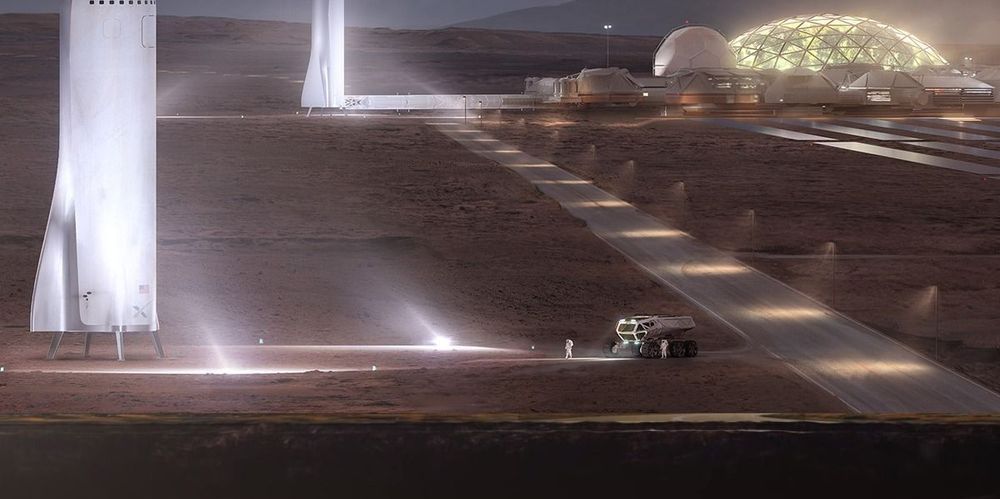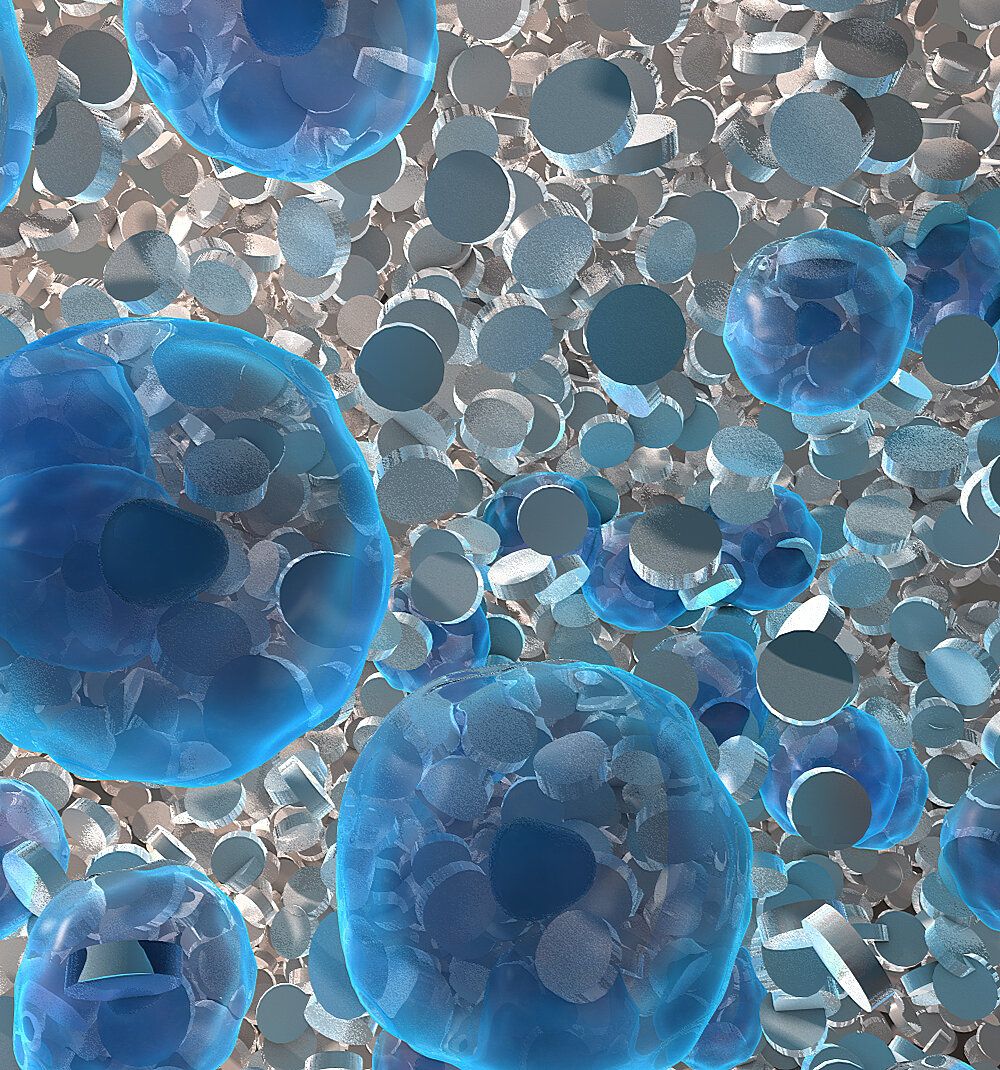Mar 6, 2019
Antibiotic resistance is spreading from wastewater treatment plants
Posted by Quinn Sena in categories: biotech/medical, engineering
The products of wastewater treatment have been found to contain trace amounts of antibiotic resistant DNA. These products are often reintroduced to the environment and water supply, potentially resulting in the spread of antibiotic resistance. As such, researchers at the University of Southern California Viterbi School of Engineering have been studying the development of these potentially harmful and dangerous genes in wastewater treatment processes. Their findings, published in Environmental Science & Technology, indicate that even low concentrations of just a single type of antibiotic leads to resistance to multiple classes of antibiotics.
“We’re quickly getting to a scary place that’s called a “post-antibiotic world,” where we can no longer fight infections with antibiotics anymore because microbes have adapted to be resilient against those antibiotics,” said Adam Smith, assistant professor of civil and environmental engineering at USC and lead investigator of the study. “Unfortunately, engineered water treatment systems end up being sort of a hot-bed for antibiotic resistance.”
The majority of the antibiotics we consume are metabolized in our bodies. However, small amounts pass through us in our waste, which are then carried to wastewater treatment plants. At these plants, one of the common ways in which the wastewater is treated is with a membrane bioreactor, which uses both a filtration system and a biological process where microscopic bacteria consume waste products.
Continue reading “Antibiotic resistance is spreading from wastewater treatment plants” »
